Used in everything from lipsticks to confectionery and meat alternatives, tropical oils such as palm and coconut come with environmental and societal costs. But can oil-producing microbes snacking on upcycled feedstocks give them a run for their money?
Founded in 2022, Estonia-based ÄIO is one of a wave of new startups utilizing microbial fermentation to produce oils and fats along with c16 Bio, Circe, Nourish, Yali Bio, Seminal Bio, NoPalm Ingredients, Zero Acre Farms, Melt & Marble, and Clean Food Group.
While some of these players are using gas fermentation, most are feeding their microbes with glucose from food crops such as corn. Tallinn-based ÄIO, by contrast, has a yeast strain (dubbed the ‘red bug’) that can consume cellulosic sugars in byproducts of agriculture and wood industries as feedstocks, which it claims is both more cost effective and more sustainable.
AgFunder News (AFN) chewed the fat with cofounders and TalTech bioengineers Dr. Petri-Jaan Lahtvee (PJL) and Dr. Nemailla Bonturi (NB).
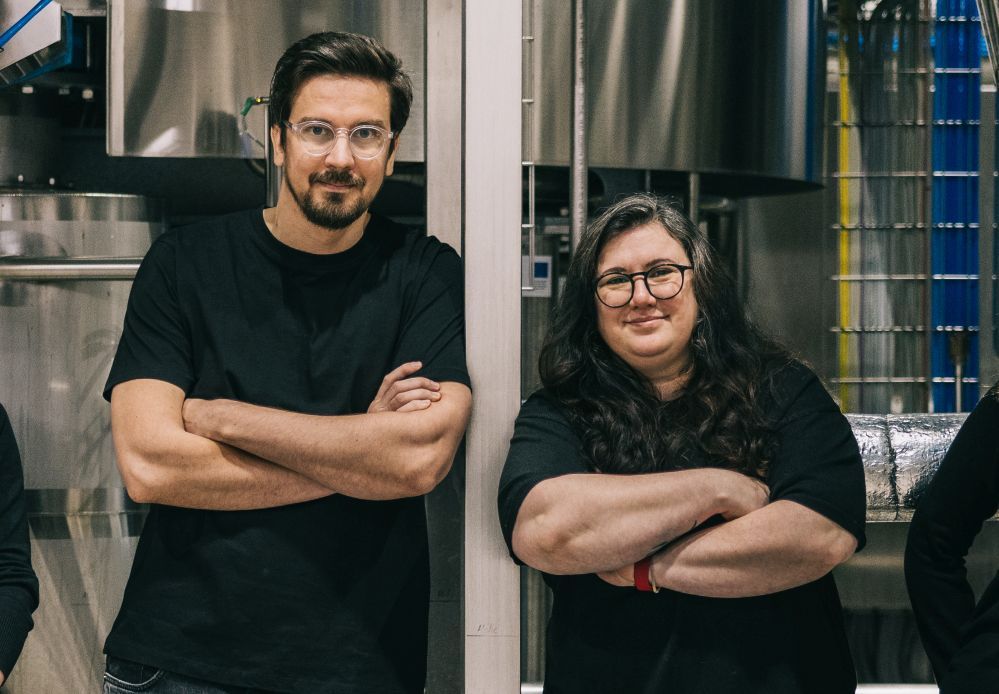
AFN: If companies are concerned about the environmental impact of palm oil, can’t they just buy RSPO certified palm oil?
PKL: Sustainable palm oil initiatives are good, but palm oil demand keeps increasing, and we need to find alternatives.
NB: With microbial production of oils, you use way less water and arable land and production is not affected by seasons or climate, plus we don’t need to use pesticides or herbicides.
AFN: What microbes are you using and can they ever compete with a commodity such as palm oil?
NB: We use oleaginous yeast strains that are very efficient at converting different types of sugars into fats and oils. Our ‘red bug’ cannot turn water into wine, but it can turn sawdust into food.
PJL: Speed wise, they are some of the most efficient organisms to do that. Of course, palm oil production is also very efficient, but the timescale is very different compared with microbial production. It will be very difficult to compete with palm oil although we think it’s possible to bring the price lower than coconut oil.
AFN: What makes this yeast strain so attractive?
PJL: The exciting thing about it is that you can use a wide variety of raw materials as feedstocks, so we’re talking about hydrolysates from lignocellulosic biomass from sawdust to agricultural waste, to food industry side streams. It’s also very fast growing and can accumulate high amounts of lipids.
AFN: Are you genetically engineering your microbes?
NB: The proprietary strain we are using for our first products has naturally evolved to be more tolerant and more efficient. We use some environmental pressure to cause mutations, but we’re not genetically engineering it.
PJL: The palm oil replacement we are currently producing is from this natural strain, but we are also developing precision fermentation processes [using genetically engineered strains] to produce specialty fats and oils [down the road].
AFN: What IP do you have?
NB: The microorganism we are using is something I developed during my PhD at the University of Campinas in Brazil, and only we have the right to use it. As it is a natural strain, it is not patentable, although we are patenting the precision fermentation strains that produce specialty fats and oils.
We have also sequenced the strain so if someone somehow gets their hands on it, we can easily detect that it’s ours.
AFN: Don’t wood and ag side streams require expensive processing to release their cellulosic sugars?
PJL: We are working with Fibenol, another Estonian company, which is doing this first fractionation part. They already have an active demonstration scale platform and they are planning to build full scale production to produce these [cellulosic] sugars at an industrial scale.
From lignocellulosic biomass, you can get different fractions, which have a different value, so our process is focused on the cheaper part of the fractionated wood so it’s a hemi cellulosic hydrolysate.
AFN: What markets is ÄIO targeting?
PJL: The palm oil market is huge, but where we also see our products moving is meat alternatives, where people are looking to replace coconut oil. We are collaborating with food companies who are testing our fats in multiple products, but we are also looking at different verticals from cosmetics to household chemicals.
AFN: How do your microbial oils and fats compare to fats currently on the market?
NB: We have an oil that is similar to palm olein, but we also have buttery fats that are more like chicken fat.
PJL: We are also producing oils in encapsulated form.
AFN: What’s the regulatory path to market for your oils and fats and how might they be labeled?
NB: In Europe we will have to go through the Novel Food process but we are also looking at what is required in other markets such as Singapore, the US, and Brazil, because we want to go global. The final labeling is yet to be determined.
AFN: What’s the attraction for food companies?
PJL: Food producers are looking for more sustainable ingredients without compromising on functionality.
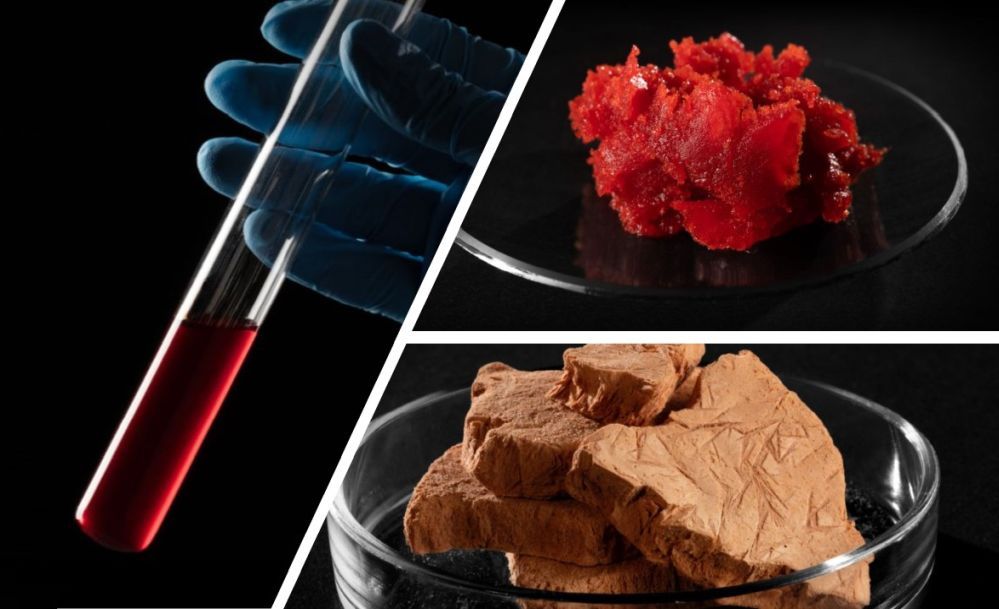
AFN: What’s your scale up plan and are investors wary of funding biomanufacturing startups?
PJL: There are two different types of investors. Some don’t want to fund capex projects, but others are still interested if the economics make sense.
NB: At the moment, we are renting a pilot facility and our process is TRL [Technology Readiness Level] 7, so we’re producing biomass in this facility for our initial trials for our partners’ products such as vegan sausage, vegan cheese, vegan patties.
AFN: How soon could you go to market?
PJL: If the trials we are running are successful, I think that even by the end of the year, it might be possible to license the technology, but for our own production, we expect to be running in 2026, by which time we hope to have Novel Food approval. But it’s hard to predict exact timelines.
AFN: What downstream processing is required to liberate the oils from the cells?
NB: We can’t provide details on our downstream process, as that’s part of our secret [sauce], but we are doing techno-economic analyses to ensure the process is economically viable.
AFN: Is there a market for the yeast left over after you’ve extracted the oils?
PKL: The yeast contains protein and fiber, so we are exploring the best fit in higher value markets such as human food [vs animal feed, for example].
AFN: You recently secured €1 million ($1.1 millon) in seed funding. How challenging was it to raise money?
PKL: Investors are being more cautious, but especially in the field of clean tech and sustainable technologies, they are still very active, although valuations have dropped. But that makes sense as it was time to let some air out from that bubble.
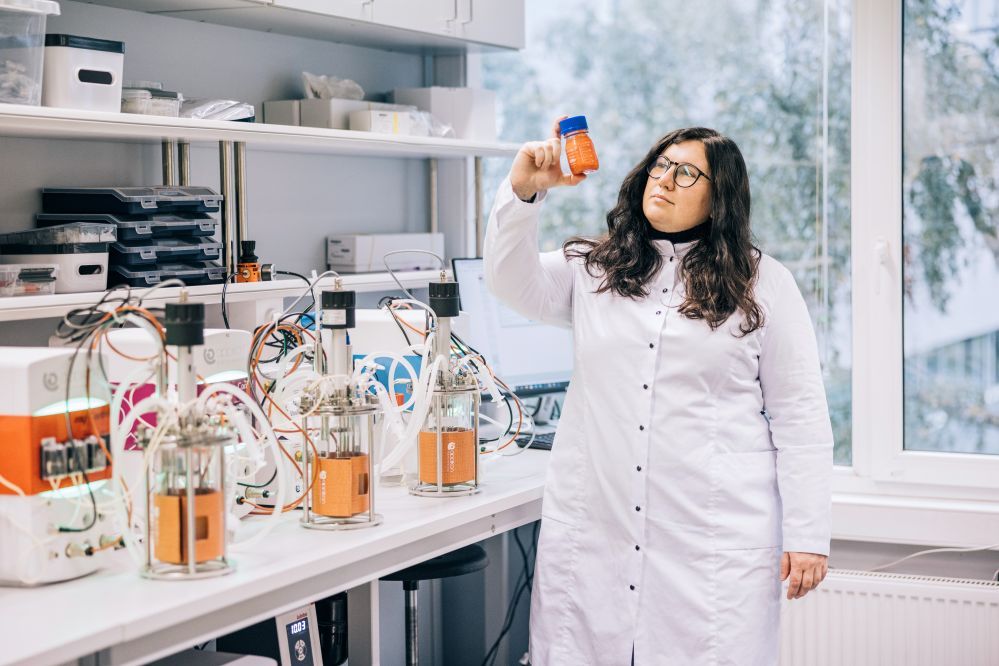


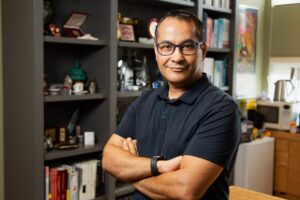

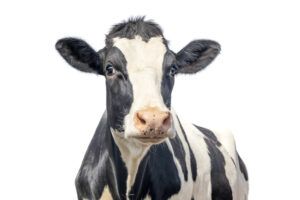







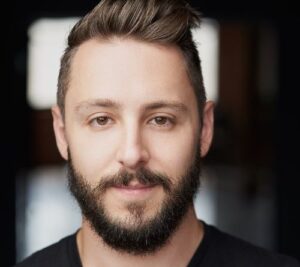



Sponsored
International Fresh Produce Association launches year 3 of its produce accelerator